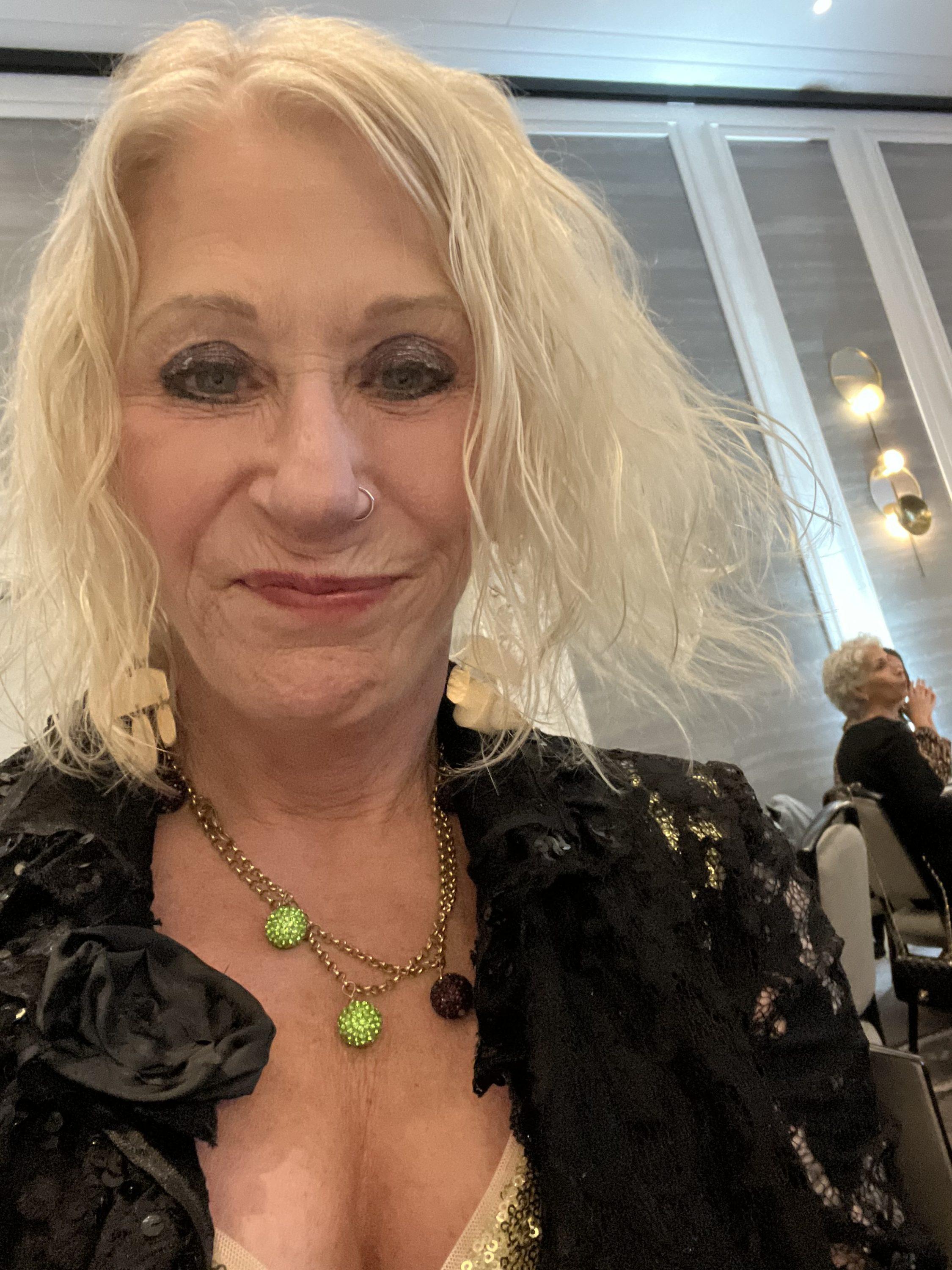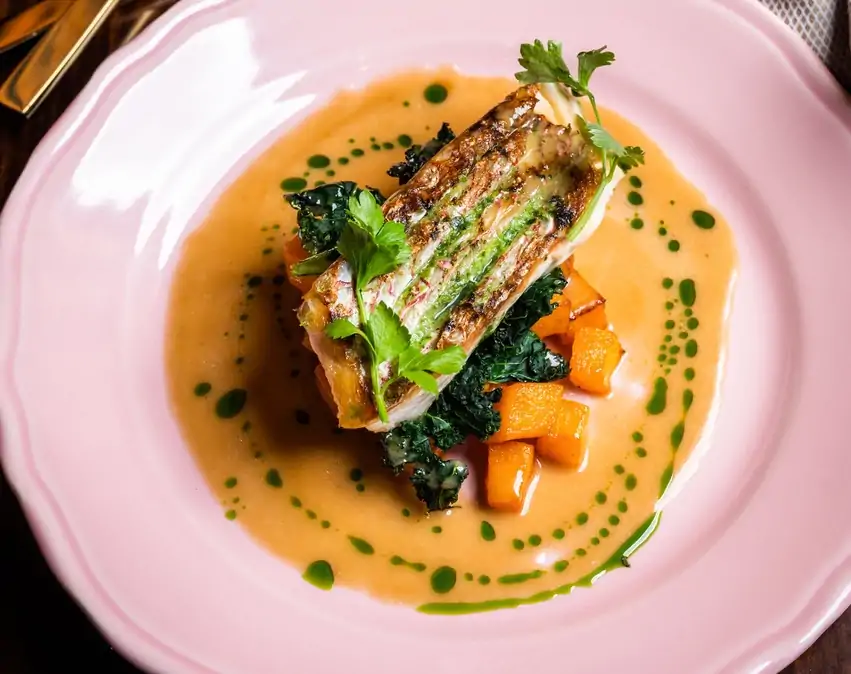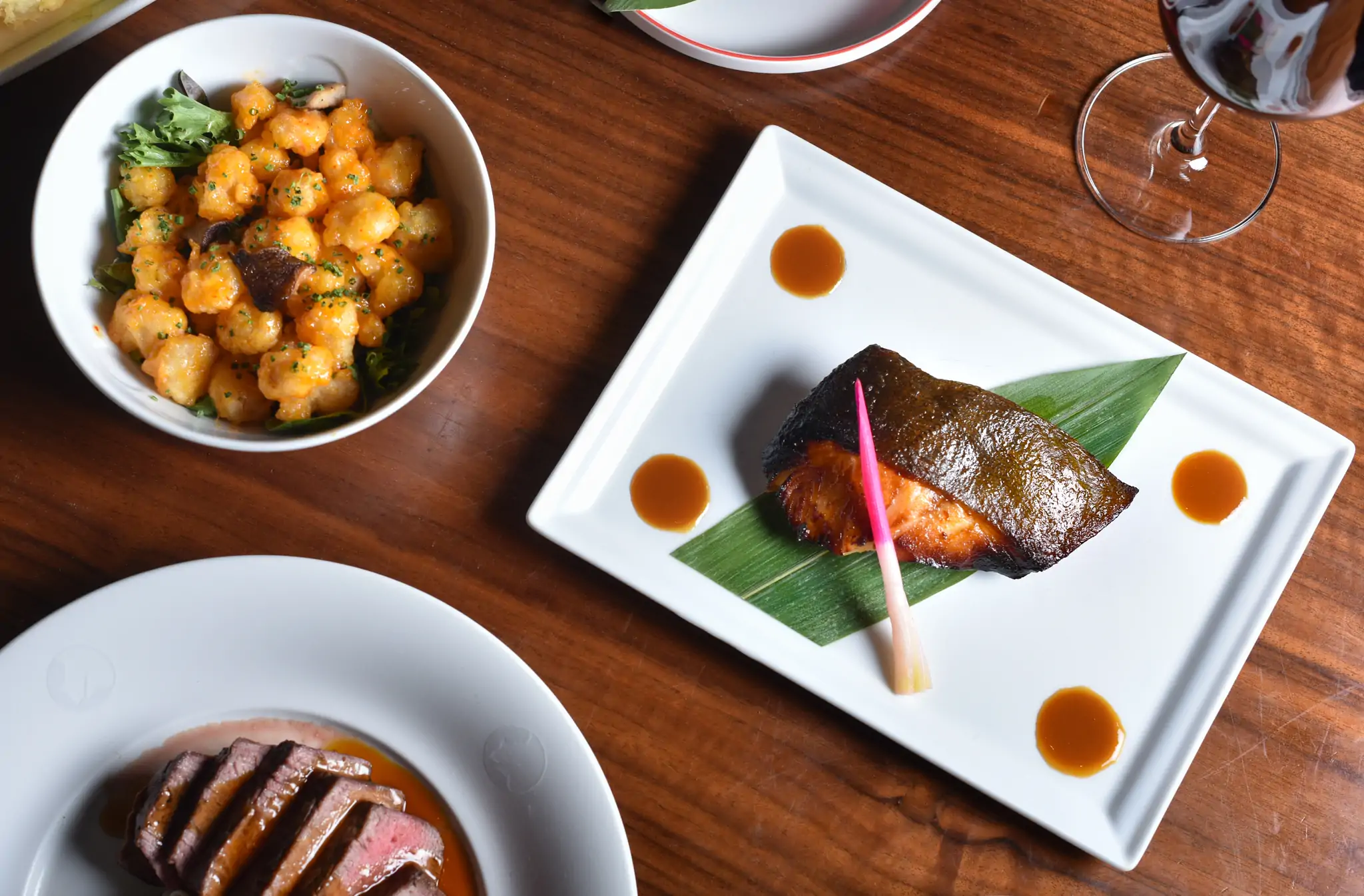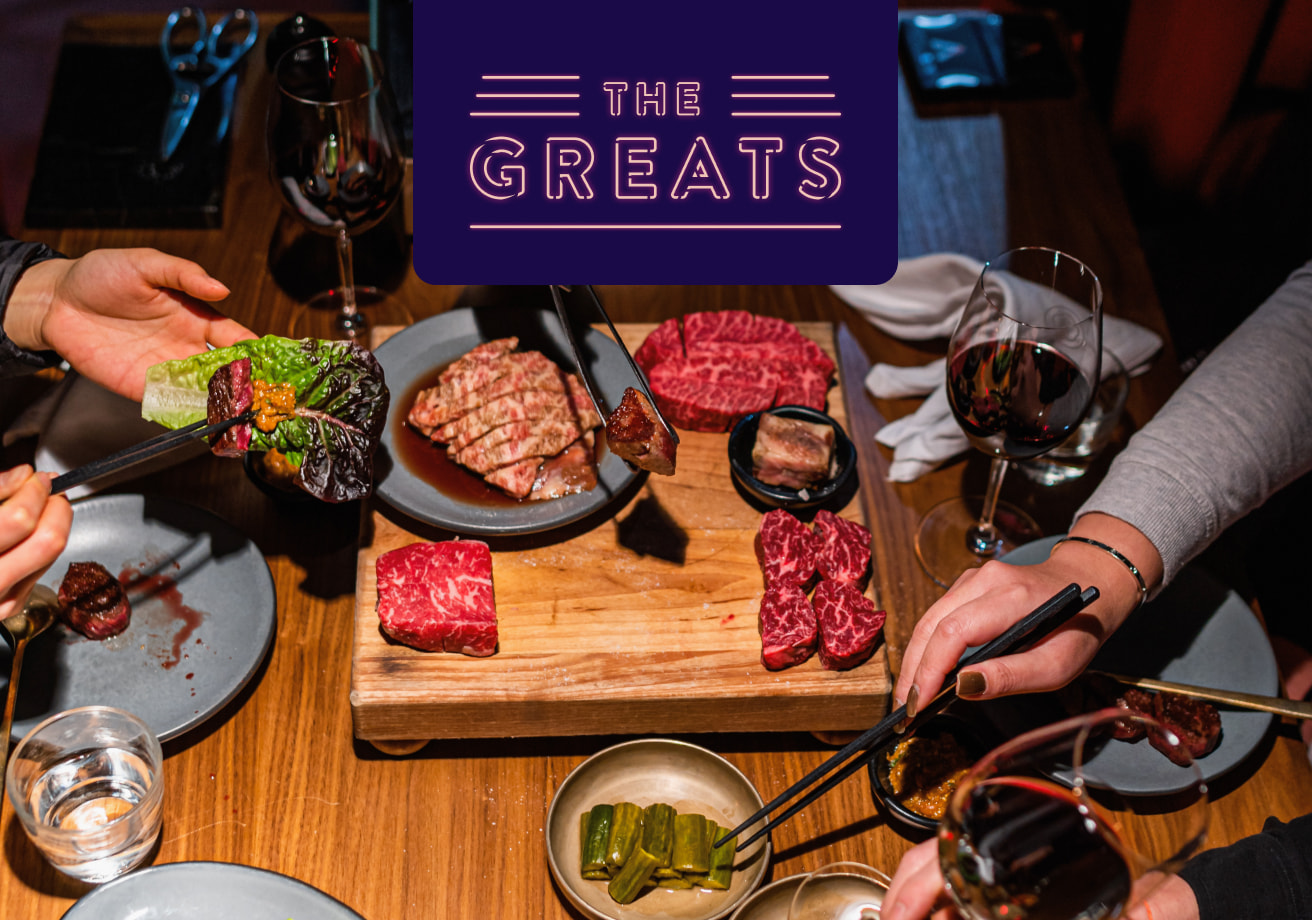Ask Dakar NOLA chef and owner Serigne Mbaye about his recent culinary trip to Senegal and he can’t get his words out fast enough.
“It was the first time I was back since we opened the restaurant,” the 31-year-old says. “I found the connections between the city of Dakar and the city of New Orleans stronger than ever.” In late January, Mbaye and restaurant managing partner Effie Richardson were joined by 10 travelers on a six-day culinary adventure through the country where he went to school growing up.
“My grandma always told me, ‘Our roots will always call us home, no matter where we go,” Mbaye says. “She was right. Senegal will always keep my soul joyful, but New Orleans will always hold my other half.”
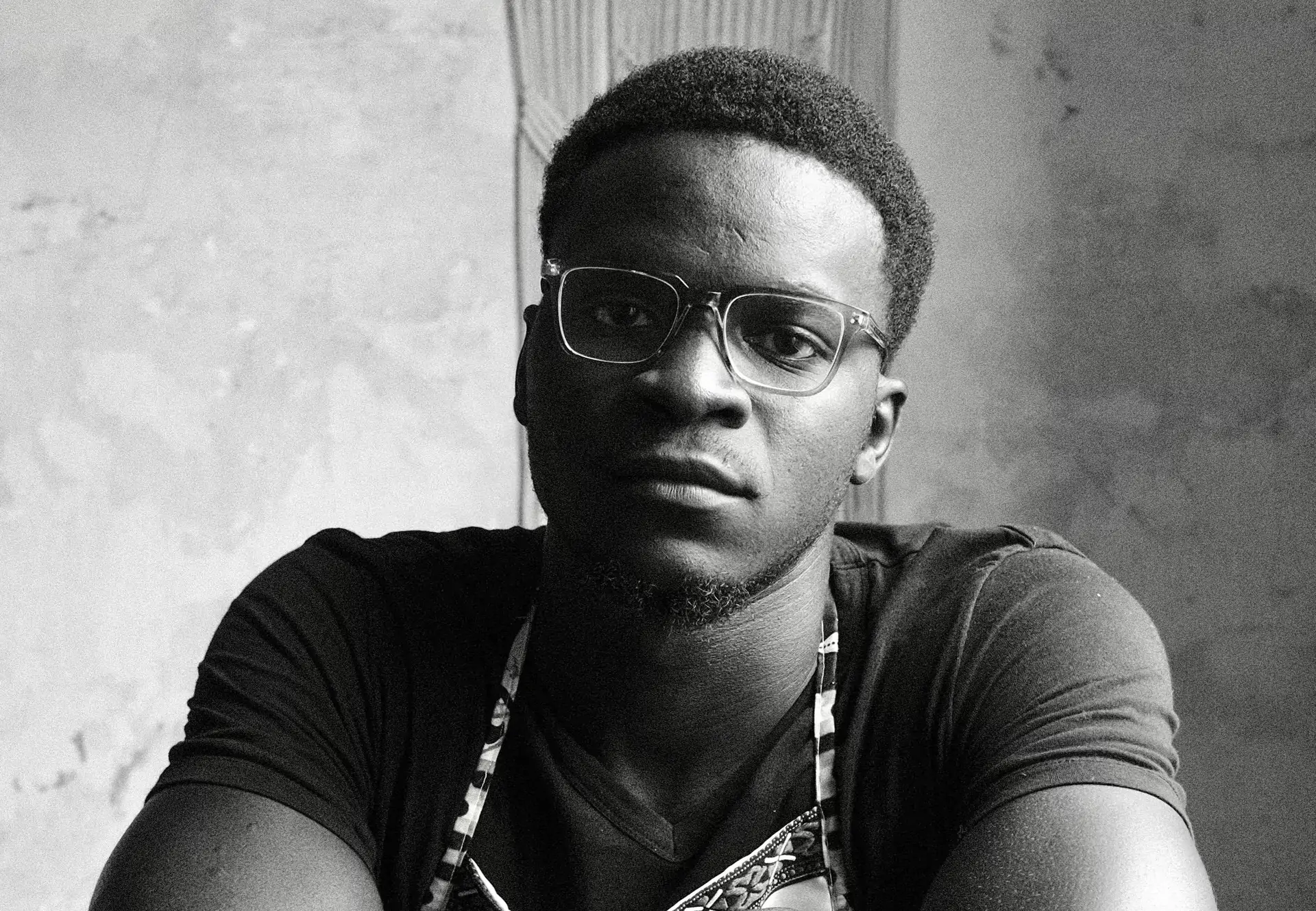
This ethos is exactly what made Dakar NOLA a national sensation following its opening in November 2022. The restaurant was named one of Bon Appétit and Eater’s Best New Restaurants in the country in 2023 and nabbed the James Beard Award for Best New Restaurant the subsequent year. Mbaye was named on Time’s prestigious 100Next list the same year, and the restaurant still remains one of the most popular in the city.
Read on to see how Dakar NOLA acquired its iconic status, and make a booking on OpenTable.
Coming up through MICHELIN-Starred kitchens
Although it may seem that Mbaye burst onto the national scene at 28, the Senegalese chef is no overnight success. After traveling the world cooking at kitchens from Commander’s Palace to the two- and three-MICHELIN-Starred kitchens L’Atelier de Joel Robuchon in New York and Atelier Crenn in San Francisco, chef Serigne Mbaye returned to put down roots in New Orleans in 2018.
When he arrived in Nola, Mbaye—who has family ties in Harlem and Dakar—felt an immediate sense of place. “It’s the closest American city to Dakar,” he says. Although he could have opened his restaurant anywhere, putting roots down in Nola was a mindful move. “There is much in common between New Orleans and Senegal,” he says. “The people here are kind, joyful, there is a strong sense of hospitality, which we have in Senegal too. There’s crossover with food and music. Both places know how to celebrate around the table.”
He spent the next five years working pop-ups as Dakar NOLA, creating an evolving menu of Creole meets Senegalese dishes, shot through with French, Portuguese, and regional African influences.
Making Dakar NOLA a mainstay
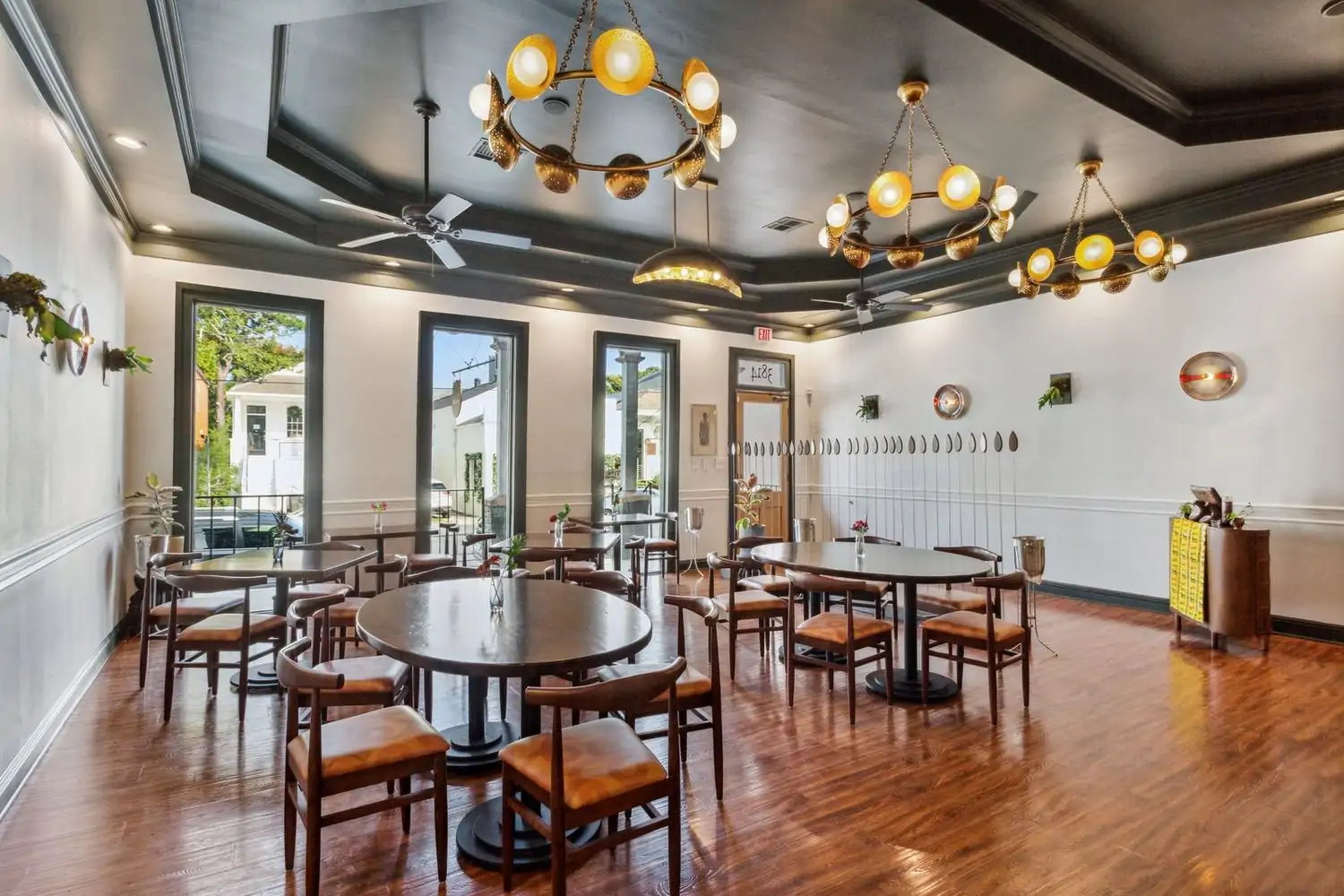
Today, Mbaye’s 30-seat jewel box Uptown on Magazine Street does a $150 seasonal tasting menu, which brings the chef’s prodigious talent into laser focus. At the restaurant, he saw the experience of walking through a bustling Dakar food market through a new lens, having forged so many relationships with Louisiana farmers, growers, and makers.
“I’ve deepened my connections with local farmers and fishers, my understanding of the challenges they face,” he says. “When I went to markets in Senegal, I heard similar stories. Again, that close connection.”
He was thrilled to recognize so many of the same kinds of fish for sale in Senegal—and know the names in English—thanks to Dakar Nola’s robust, pescatarian focus and commitment to local Gulf seafood. “I saw sheepshead, catfish, red snapper, and flounder. So many of the same kinds of fish. I was shocked.”
Though the menu changes often, you can expect to see that bounty at the restaurant in dishes like Senegalese okra gumbo soup with Gulf crab and Gulf shrimp with sautéed cabbage and suya spice mix.
Setting up the next generation
Perhaps the greatest gift the chef brought home to New Orleans from his recent trip was the thrill of working side by side with up-and-coming young chefs, once at a culinary school, another time at a restaurant in Senegal. “I worked with amazing chefs, young and passionate, eager to learn,” Mbaye says. “They don’t have the resources and access that they deserve. I was so happy to share some of my knowledge of technique with them.”
His hope is to organize events to support non-profit youth-focused causes in Senegal, from culinary arts to health and education. “I want to be more collaborative moving forward, to create a stronger exchange of cultures,” he says. “Building bridges and sharing stories, that’s what I want to keep doing.”
Most of all, Mbaye’s trip deepened his love for Senegalese cuisine. “Cooking alongside young chefs, I’m learning how tradition and innovation blend to create something new,” he says. “Their dedication reminds me why preserving and evolving our food culture is so important.”
Beth D’Addono is a food and travel writer based in New Orleans. She’s covered the hospitality, creativity, and quirkiness that is NOLA’s dining scene for USA Today and AAA Traveler, and her latest book is City Eats New Orleans.
